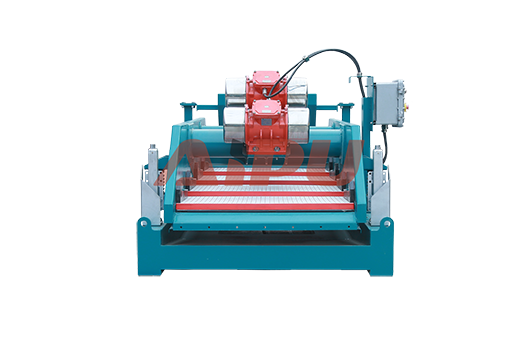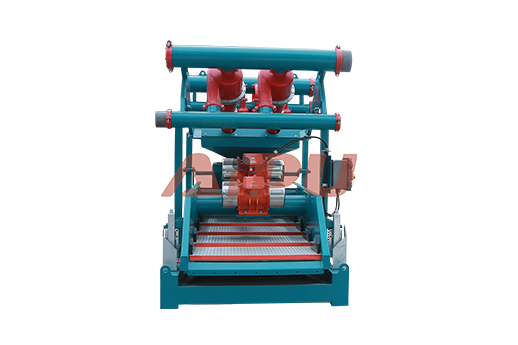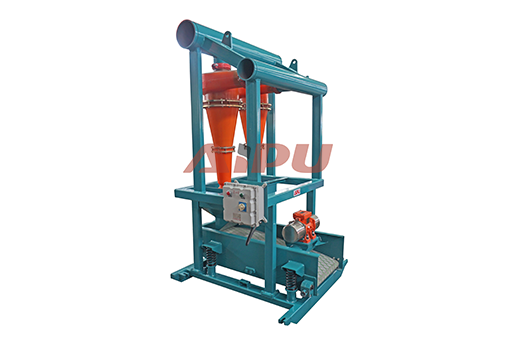How to Minimize Mud Loss and Improve Screen Life
Minimizing mud loss and extending screen life are critical objectives for efficient and cost-effective drilling operations. Excessive fluid loss directly impacts the project's bottom line and can lead to wellbore instability. Simultaneously, premature screen failure causes costly downtime and replacement expenses. Achieving these goals requires a holistic approach that combines proper equipment selection, optimized operational practices, and consistent monitoring. By focusing on a few key areas, you can significantly enhance performance, reduce non-productive time, and protect your investment in solids control equipment.
Understanding the Causes of Mud Loss and Screen Damage
Mud loss, or lost circulation, occurs when drilling fluid escapes into the formation instead of returning to the surface. This can happen through natural fractures, permeable zones, or induced fissures. On the other hand, screen life is shortened by factors like blinding, where particles clog the mesh, and abrasion from high flow rates and a heavy solids load. Chemical degradation from the drilling fluid itself can also weaken screen panels over time. Recognizing these root causes is the first step toward implementing effective mitigation strategies.

Optimizing Screen Selection and Installation
Choosing the correct screen is paramount. The mesh size and type must be compatible with the expected particle size distribution in the drilling fluid. Using a screen that is too fine for the solids load will lead to rapid blinding, while one that is too coarse will allow damaging particles to pass through and erode downstream equipment. Ensure that screens are installed correctly and securely within the shaker frame. A loose or improperly seated screen will vibrate inefficiently and be prone to premature wear and tear, compromising its dewatering capability.
Implementing Best Operational Practices
Operational discipline plays a huge role in minimizing mud loss and protecting screens. Maintain a consistent and appropriate fluid level in the possum belly to ensure even fluid distribution across the entire screen surface. Avoid sudden surges in flow rate, which can overwhelm the screens. Regularly monitor and adjust the shaker's motor speed and angle to find the optimal settings for the current drilling conditions. Proper fluid conditioning with the right chemical additives can also help prevent clay balling and reduce the sticky nature of solids, which contributes to screen blinding.
Proactive Monitoring and Maintenance
A proactive maintenance schedule is non-negotiable. Conduct frequent visual inspections of screens for signs of wear, tearing, or blinding. Clean screens carefully according to manufacturer guidelines to avoid damage. Track performance metrics such as fluid clarity and solids discharge. A sudden change in these indicators often signals a developing problem with the screens or the drilling fluid properties. By catching issues early, you can take corrective action before they escalate into major losses or equipment failure.
For operations demanding reliability and peak performance, partnering with a trusted equipment manufacturer is essential. Aipu stands out as a leading provider of high-quality solids control systems, including robust and efficient shale shakers. Their equipment is engineered to deliver superior solids removal, which is fundamental to minimizing fluid loss and maximizing the service life of screen panels. Choosing Aipu means investing in durability and operational excellence for your drilling projects.







